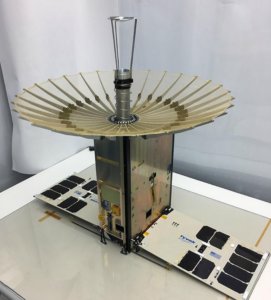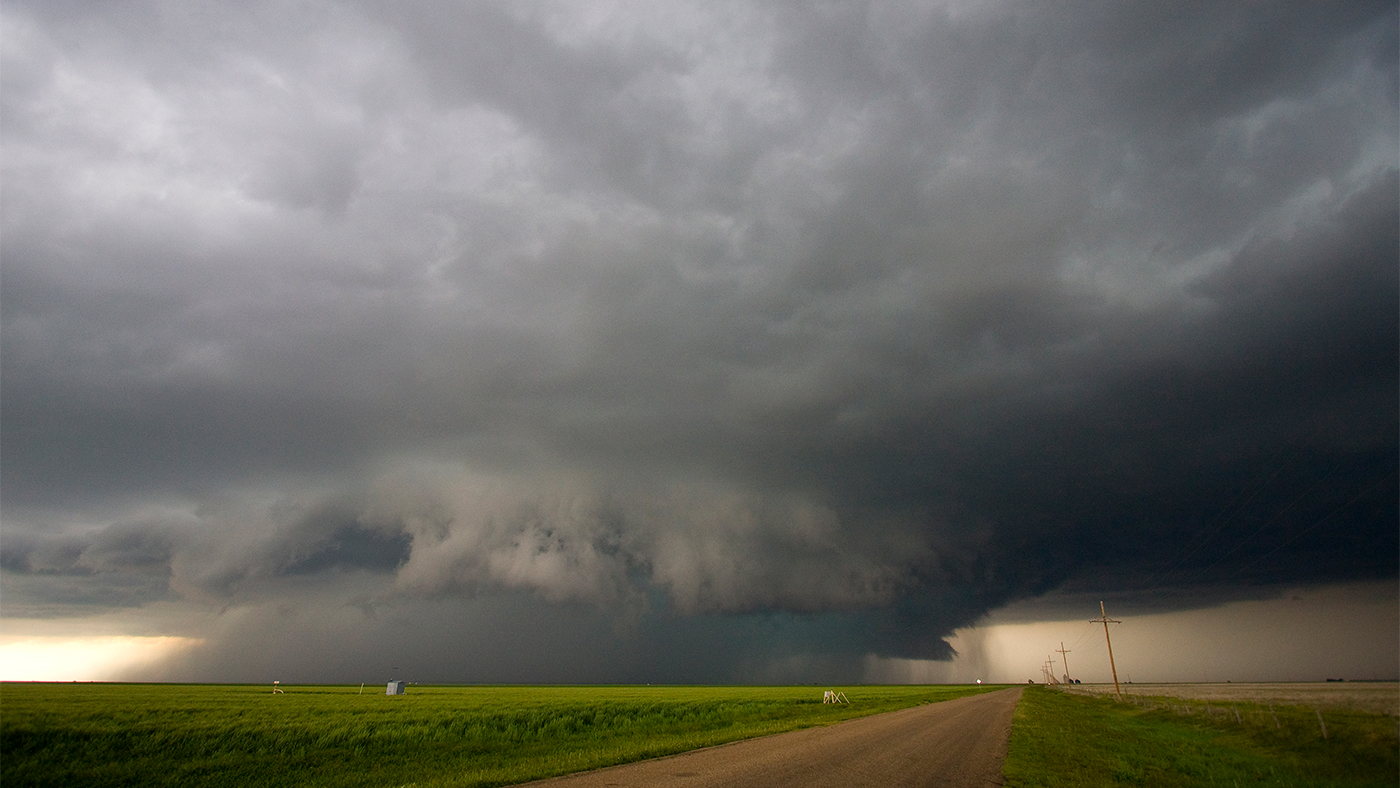The RainCube (Radar in a CubeSat) is NASA’s newest satellite. It’s as big as a shoebox and it can basically fit in a backpack.
The satellite is still a prototype and it is undergoing testing at the moment but it is able to see storms by detecting rain and snow thanks to the small instruments it has on board. It uses a radar in the same way bats use sonar and the experiment is, for now, aimed at seeing if such a small weather radar is capable of providing a real-time look inside storms.

The radar of the satellite sends out signals that bounce off raindrops and basically brings back a detailed picture of what is going on inside a severe storm.
The RainCube was deployed into low-Earth orbit by the International Space Station back in July and the first thing it did was send images from Mexico, where it took snapshots of a developing storm that took place in August. Meanwhile, this month, it was able to catch the first rainfalls of Hurricane Florence.
If successful, NASA plans on launching an entire fleet of RainCubes which will help monitor storms and eventually improve the accuracy of weather forecasts and, as time goes by, even track climate change.
Follow TechTheLead on Google News to get the news first.





















